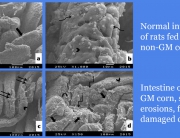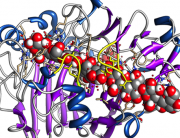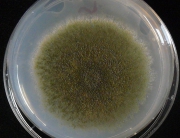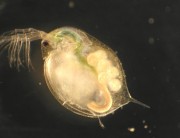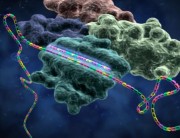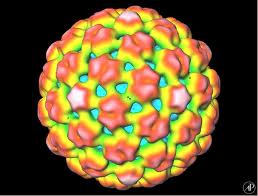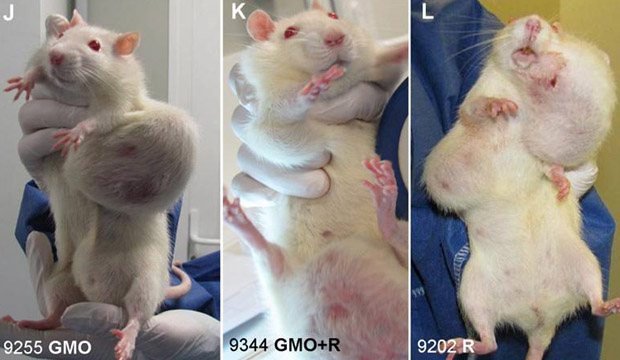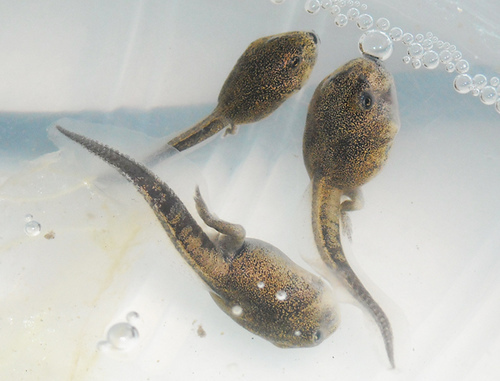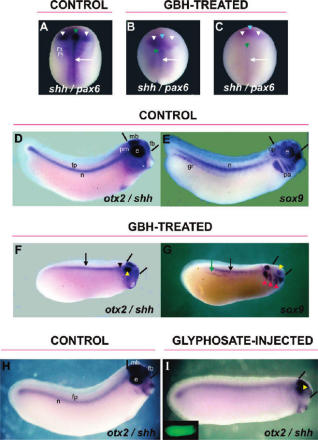A new study performed in mice has found that the GM Bt toxin Cry1Ac is immunogenic, allergenic, and able to induce anaphylaxis (a severe allergic response that can result in suffocation). The responses that Cry1Ac was found to produce in the mice included “mildly allergic manifestations” around the mouth, nose and ears, as well as wheezing, hair standing on end, and diarrhea.
The study also found that Cry1Ac provoked intestinal lymphoid hyperplasia, a condition marked by an increase in the number of cells contained in lymph nodes. The condition is associated with food allergy, inflammatory bowel disease, and colon cancer.
Study of the allergenic potential of Bacillus thuringiensis Cry1Ac toxin following intra-gastric administration in a murine model of food-allergy
Final Paper: https://www.sciencedirect.com/
Authors: Santos-Vigil, K. I., Ilhuicatzi-Alvarado, D., García-Hernández, A. L., Herrera-García, J. S., & Moreno-Fierros, L.
Abstract:
Highlights
• Mildly allergic reactions elicited by the intra-gastric administration of Cry1Ac.
• Cry1Ac induced increase of IgE response and proportion of B220+ IgE+ lymphocytes.
• Cry1Ac induced increment of eosinophils and granulocytes in the intestine.
• Lymphoid intestinal hyperplasia provoked by intra-gastric Cry1Ac.
• Cry1Ac toxin induced anaphylaxis after intravenous challenge.
Cry1Ac toxin, from Bacillus thuringiensis, is widely used as a biopesticide and expressed in genetically modified (GM) plants used for human and animal consumption. Since Cry1Ac is also immunogenic and able to activate macrophages, it is crucial to thoroughly evaluate the immunological effects elicited after intra-gastric administration. The allergenic potential of purified Cry1Ac was assessed and compared with that induced in a murine model of food-allergy to ovalbumin (OVA), in which animals are sensitized with the adjuvant Cholera toxin (CT). Mice were weekly intragastrically administered with: i) vehicle phosphate-buffered saline (PBS), ii) OVA, iii) OVA plus CT iv) Cry1Ac or v) OVA plus Cry1Ac. Seven weeks after, mice were intragastrically challenged and allergic reactions along with diverse allergy related immunological parameters were evaluated at systemic and intestinal level. The groups immunized with, Cry1Ac, OVA/Cry1Ac or OVA/CT developed moderate allergic reactions, induced significant IgE response and increased frequencies of intestinal granulocytes, IgE+ eosinophils and IgE+ lymphocytes. These same groups also showed colonic lymphoid hyperplasia, notably in humans, this has been associated with food allergy and intestinal inflammation. Although the adjuvant and allergenic potential of CT were higher than the effects of Cry1Ac, the results show that applied intra-gastrically at 50 μg doses, Cry1Ac is immunogenic, moderately allergenic and able to provoke intestinal lymphoid hyperplasia. Moreover, Cry1Ac is also able to induce anaphylaxis, since when mice were intragastrically sensitized with increasing doses of Cry1Ac, with every dose tested, a significant drop in rectal temperature was recorded after intravenous challenge.





















